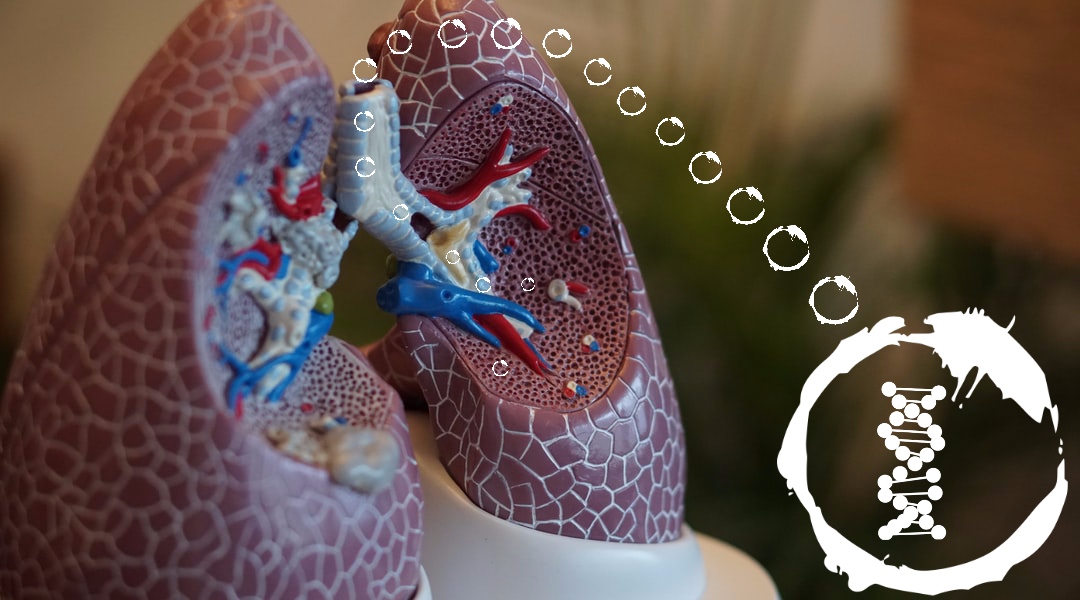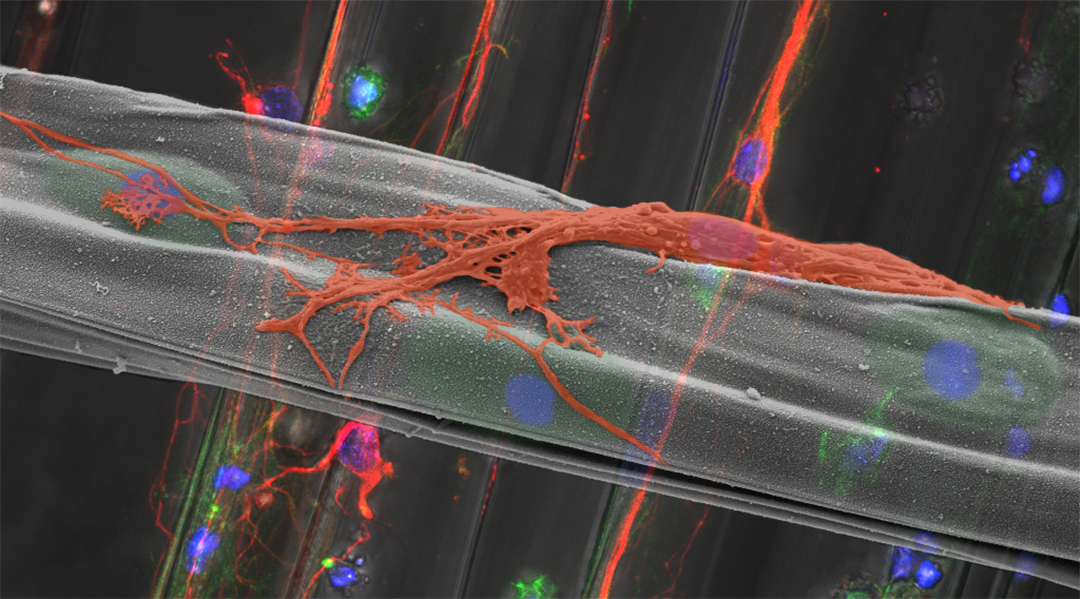Using a micro-3D-printing technique, researchers were able to print detailed robotic parts that are smaller than the diameter of a human hair and display color-expressing features for microrobot tracking and identification.


Using a micro-3D-printing technique, researchers were able to print detailed robotic parts that are smaller than the diameter of a human hair and display color-expressing features for microrobot tracking and identification.

A nanocarrier that can deliver siRNA into the lungs is investigated for the treatment of severe asthma and other lung diseases.

A collaborative team of German scientists identify which lung cells are susceptible to SARS-CoV-2 and why infection severity varies in different demographics.

Advanced Science News takes a look at some of the prettiest pictures researchers published in March 2020.

In facing a pandemic of this magnitude, coming together and seeking connection is more important than ever before.

The stuff of stars: The remarkable contributions of Cecilia Payne-Gaposchkin

Scientists pave way for nanobots to one day diagnose and treat disease with the first DNA-based motor to run on chemical energy.

A wireless acoustic sensor that can be worn over fur could be especially useful for monitoring the vital stats of working animals such as sniffer dogs.

Smart contact lenses could revolutionize the way in which we monitor brain activity and diagnose neurological diseases.

A new class of polymers to clean up mercury pollution that can be produced sustainably on a large scale from elemental sulfur and renewable plant oils.